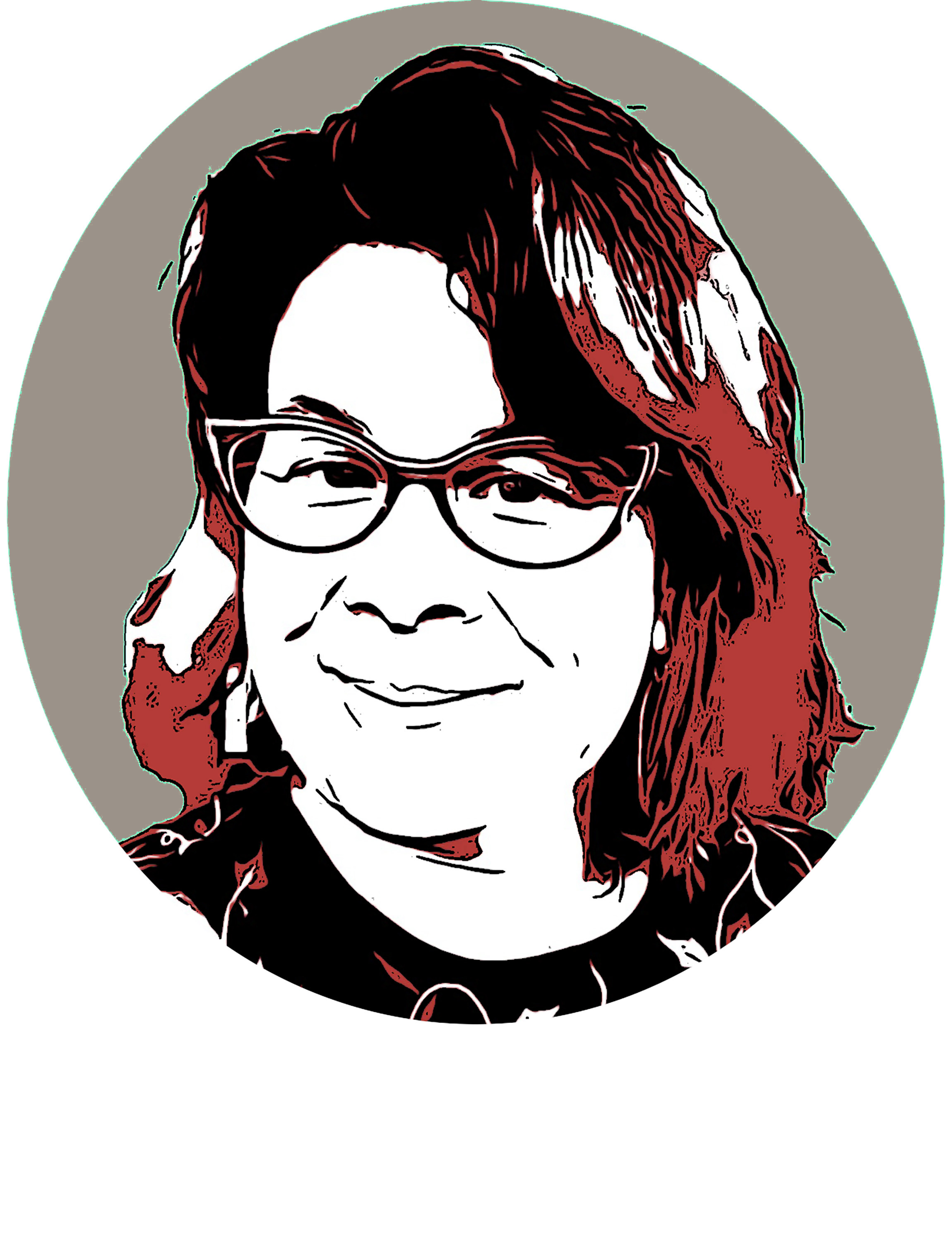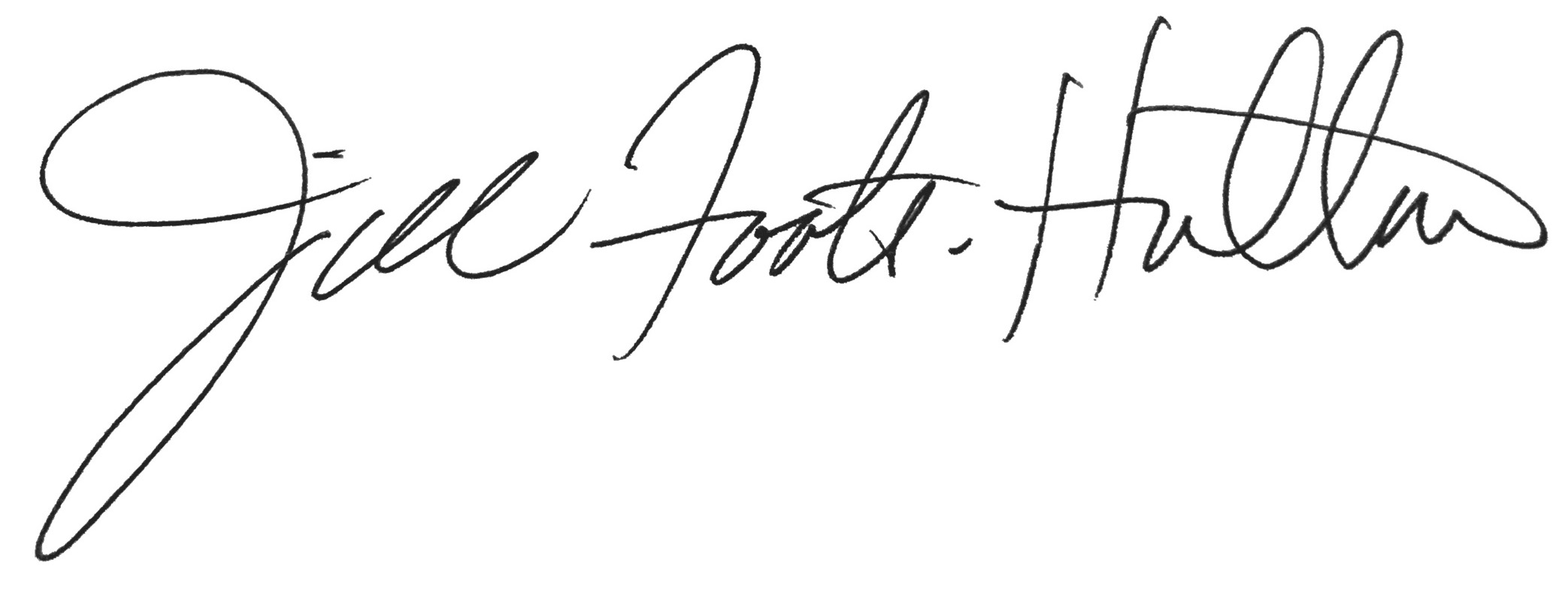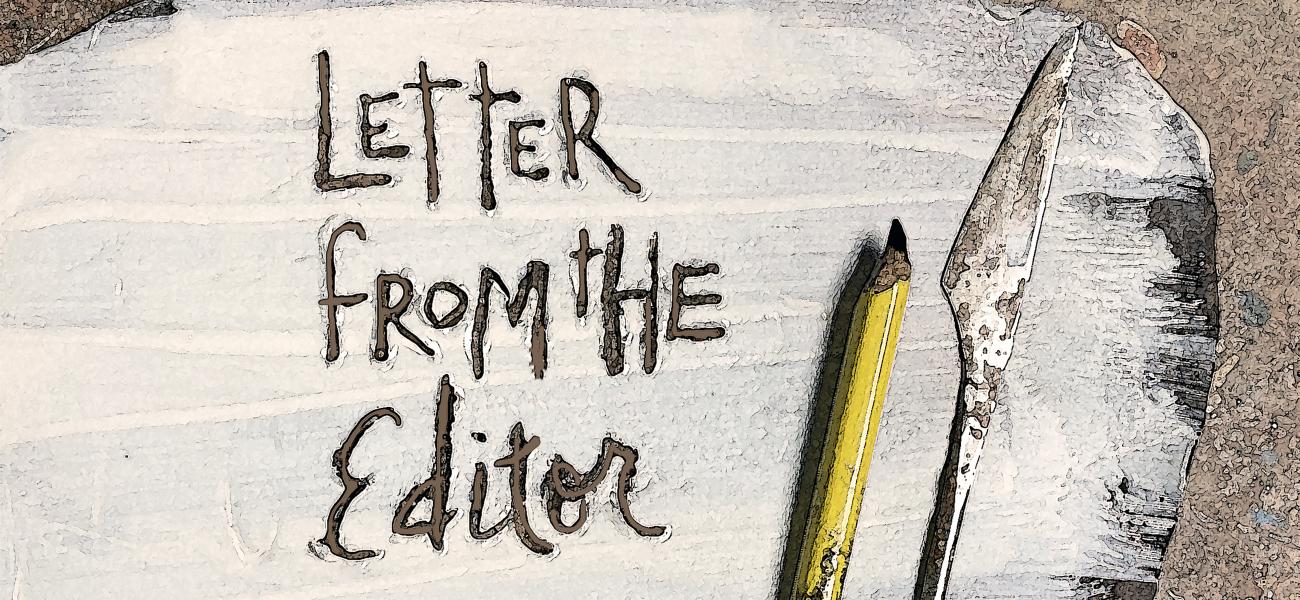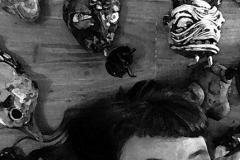Letter From the Editor
When Studio Potter published the first issue in 1972, I was only two years old. 
1972 was the same year Congress passed the Equal Rights Amendment (introduced in 1923), but it still has not been fully ratified.[1]
1964 eight years prior to our first publication, the Civil Rights Act put important legislative protections in place. Yet it took until 1972 for the infamous Tuskegee Study to end, a forty-year experiment on three hundred and ninety-nine black men. It was a study that used human beings as laboratory animals in a long and inefficient study of how long it takes syphilis to kill someone. Today xenophobia remains alive and well in too many iterations.[2]
Still, we rise; to paraphrase and redirect the message of Maya Angelou.[3] The audience she was speaking to, not to be confused with the audience she was speaking on behalf of, with her poem needs to reinterpret the meaning and rise to demonstrate an ability to make room for all.
In 1972 the Clean Water Act was expanded to make it "…unlawful to discharge any pollutant from a point source into navigable waters unless a permit was obtained." It took until 2015 for the rules of the Clean Water Act to be finalized. This month the rule was rescinded. We know, having become collectively more savvy, that there are far too many workarounds that allow avoidance of such legislation, regardless of policy.[4]
Other happenings in 1972, good and bad, include: multiple terrorist attacks, one notably at the Munich Olympics; the US and Soviet Union signed an antiballistic-missile treaty; the Space Shuttle Program was introduced (and we all know ceramic materials play a significant role in being able to ride the same vehicle back from space multiple times); there were devastating earthquakes in Iraq and Turkey; the last US troops were finally withdrawn from Vietnam; twenty-two bombs exploded in Belfast, Ireland, and fourteen civilians were gunned down, those days are remembered as "Bloody"; pilots worldwide organized to encourage government action against air piracy; biological warfare was banned; Idi Amin took control of Uganda, while Bangladesh and Cameroon gained their independence;[5] Peter Voulkos returned to ceramics after almost a decade exploring large metal sculptures[6] and Womanhouse, a feminist art installation, opened in California.[9]
Now we have some context for the kind of world Gerry Williams was inhabiting when he and his cohort published the first issue of Studio Potter.
It is imperative we remain aware of the context we inhabit now as makers. Being aware of our global context allows us to continue expanding definitions of utility for the betterment of our humanity: a mug to slow, sustain and comfort us; a 3D printed shelter, modular and economical; objects that chronicle our time passing on this blue marble. As a field we are also expanding the definition of our canon, of what a studio practice can be, of what education can be, and also, the limits of ceramic as a material.
These are all lists. A list of things that did happen and a list of things that could happen. Neither list is comprehensive.
Lists can be so reductive.
Don't you think?
In 1972 NCECA was six years old,[7] and the surge of the most recent Studio Pottery Movement had more than twenty years momentum. Many were saying this was the time when hierarchies in fine art would be broken down. In 2020 we know enough to know the good will come with the bad. We know enough to know the debate over craft and art is asking the wrong question and to be suspicious of all binary options. We know enough to know that all movements, all groups, and all people need to be able to take the long view and a long look in the mirror. We know enough to know that ratifications and acts of state don't mean anything if the populace isn't doing the good work of follow-up and follow-through. And if we don't know enough to know, then shame on us.
The year I was born was 1970. Pedagogy of the Oppressed by Paulo Freire was published in English. One observation of human nature that has always stayed with me from his writing is that the oppressed easily transition to becoming the oppressors. It remains a guiding principle of mine to guard against this failing of the human condition in my personal and professional life. I am human, though. My execution of the tenet is rarely perfect, but it is guiding me. I believe the core of this tenet aligns with the values that governed all the editors of Studio Potter.
Elenor Wilson transitioned the journal into the digital age while cleaving to, "an essential belief in the value of functional pottery; a reverence for new talent and old masters; the promotion of first-person writing and education as a means of self-discovery; and overall, to uphold humanitarian values."
As a writer working with Mary Barringer, I came to know her as an editor. I could trust her to support and give clarity to my individual, written voice. During Mary's tenure, she ensured all our voices would have a home in the annals of ceramic history as part of an archive at Arizona State University.
Knowing our founder, Gerry Williams, is not a privilege I can claim. But if what Mary says is true (and I believe she is the trustworthy sort), then I missed out! I do, however, aim to carry on his legacy of working in ever-widening rings to promote humanist values, with a generous vision of the ways pottery can be a bridge between people and cultures.[8]
The first publication of 2020 reflects as much, in that every story contains a bridge. Bryan Czibesz interviews Nick Moen, and they discuss The Bright Angle design studio's approach to materials, philosophies, and communities. Teresa Eckman, Ph.D., shares the first installment of a three-part series on public art. Richard Nickel, who is working on a graphic novel about this ceramic life to be released at the next NCECA, will begin the first of his quarterly cartoon installments for Studio Potter. Finally, Lucy Lacoste generously granted us access to an essay from the last 2019 exhibition at Lacoste Keane Gallery. In each story, you will read about bridges between communities, materials, processes, approaches, generations, and, in one essay, there is even an actual bridge.
Bridges are not about hierarchies. Within the global picture of contemporary ceramics, we have many truths to explore. Studio Potter is a bridge connecting passionate individuals who may, on the surface, be separated, but only because they are so engrossed in their own research and practice. The stories generated by our community and presented through Studio Potter allow each of us to cross over into someone else's experience and learn from it. Not only are we in an age where function is defined in multiple ways, we also have the gift of hindsight and digital connectivity to recognize and identify where effective growth is most needed!
In redefining what "studio" means, we have the privilege of choosing our professional path; of inventing the life we want for ourselves and our world, because we already know how to make something out of nothing. We can pursue the life of a traditional studio potter [as we have come to know it in the twentieth century]. We can seek representation in blue-chip galleries. We can invest in design. We can pursue public art, architecture, prosthetics, dentistry, academia, social practice, curatorial work, and on and on.
But there I go again with a list.
Let's not be reductive. Let's be expansive. If we make a list, let's do it to parse out the options rather than create an oppressive hierarchy. We can all benefit from the beautiful mosaic of potential within the ceramic medium. This is what Studio Potter has always done.
I am so proud and grateful to be in a position to carry the legacy forward, and I am looking forward to working with YOU, the Studio Potter board, and Director Jessica Detweiler to tell the story of ceramics, wherever it leads us.
Be well,

Endnotes
[1]Colohan, Kathryn Elizabeth, et al. “The Equal Rights Amendment.” Equal Rights Amendment, Alice Paul Institute, 2018, www.equalrightsamendment.org/the-equal-rights-amendment.
[2]Pilgrim, David. “Civil Rights Era.” Civil Rights Era - Timeline - Jim Crow Museum - Ferris State University, Jim Crow Museum of Racist Memorabilia, 2012, www.ferris.edu/HTMLS/news/jimcrow/timeline/civilrights.htm.
[3]Angelou, Maya. “Still I Rise by Maya Angelou - Poems | Academy of
American Poets.” Poets.org, Academy of American Poets, poets.org/poem/still-i-rise.
[4]“Summary of the Clean Water Act.” EPA, Environmental Protection Agency, 11 Mar. 2019, www.epa.gov/laws-regulations/summary-clean-water-act.
[5]Pearson, Steve. “What Happened in 1972 Important News and Events, Key Technology and Popular Culture.” The People History, 2020, www.thepeoplehistory.com/1972.html.
[6]“Peter Voulkos.” Smithsonian American Art Museum, Smithsonian, 2017, americanart.si.edu/artist/peter-voulkos-5183.
[7]“Past Conferences.” NCECA, 15 Nov. 2019, nceca.net/past-conferences-2/.
[8]“History.” History | Studio Potter, studiopotter.org/about/history.
[9]“Womanhouse.” MCA, West by Midwest, mcachicago.org/Publications/Websites/West-By-Midwest/Research/Topics/Womanhouse.


